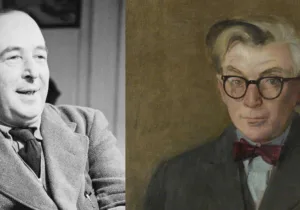During World War II, three captured Germans escaped a prison camp in Tennessee and fled into the Appalachian Mountains. They found a cabin with water, but the elderly lady who lived there warned them to leave. They ignored her, so she shot and killed all three. As David Hackett Fischer recounts in Albion’s Seed, an angry sheriff asked her why she killed them. She bawled and said she wouldn’t have done so if she had known they were Nazis. She insisted, “I thought they was Yankees!”
Much as Albion’s Seed describes diversity and divisions in America that began long before the Civil War and continued long after, Samuel Goldman in his book After Nationalism makes the historical case that Americans normally have not had a single national identity. By the time of the Revolution, for example, divisions among various groups were just as deep as today’s, or deeper. Since independence, citizens have bickered over who “we” are — the essential question of nationalism, which focuses on a people with a strong common identity — yet every attempt to maintain a cohesive identity has failed. Today in this concise book, Goldman responds to commentators who believe that citizens must return to some overarching identity and purpose. He argues that this task is difficult when the conditions that allowed previous unity no longer exist. Moreover, nationalists do not reasonably explain programs that could reignite a meaningful shared identity. In contrast, he favors the opposite course — accepting increased localism with smaller communities for a diverse citizenry.
To continue reading the original in National Review, please click here.






